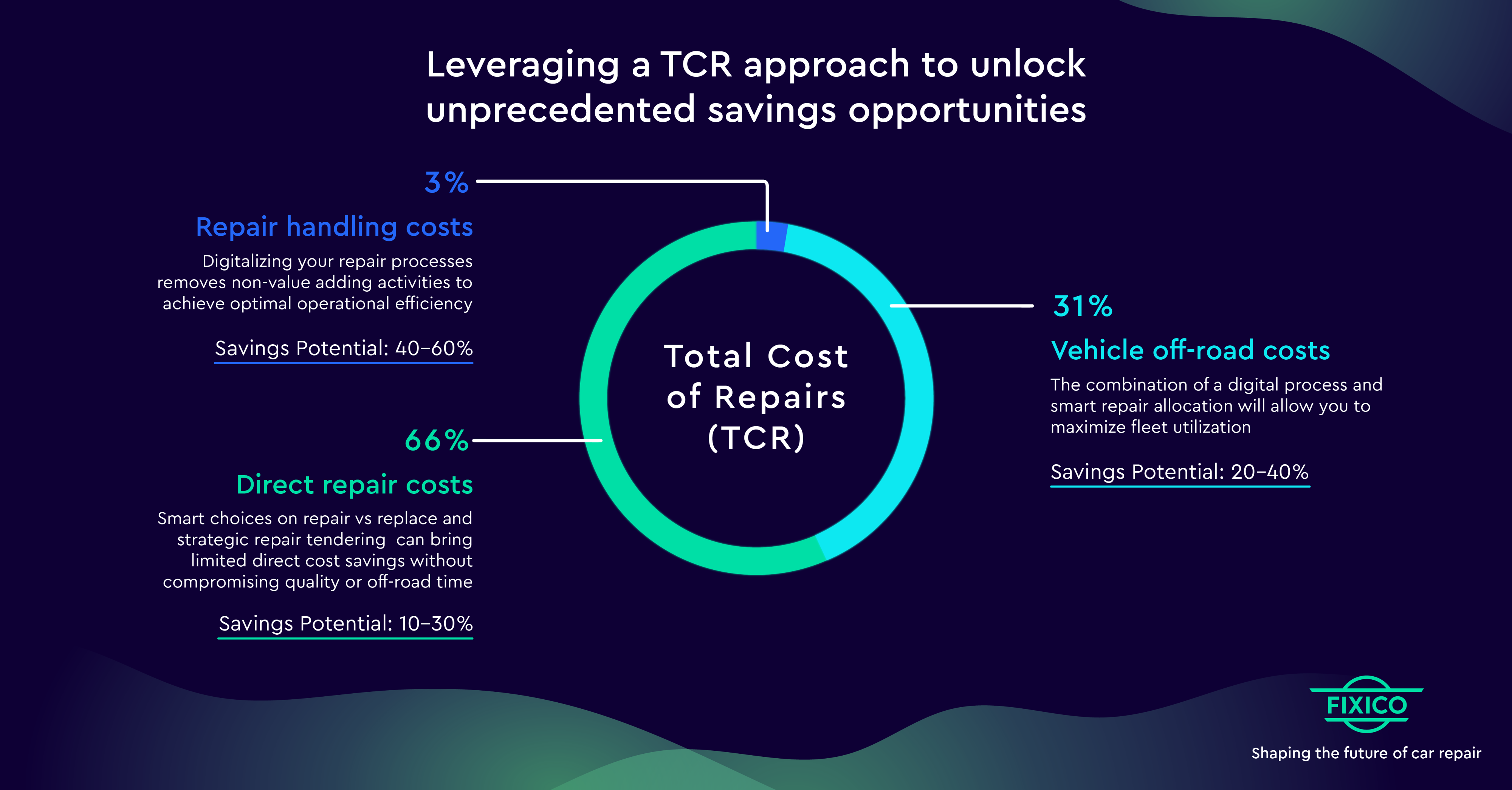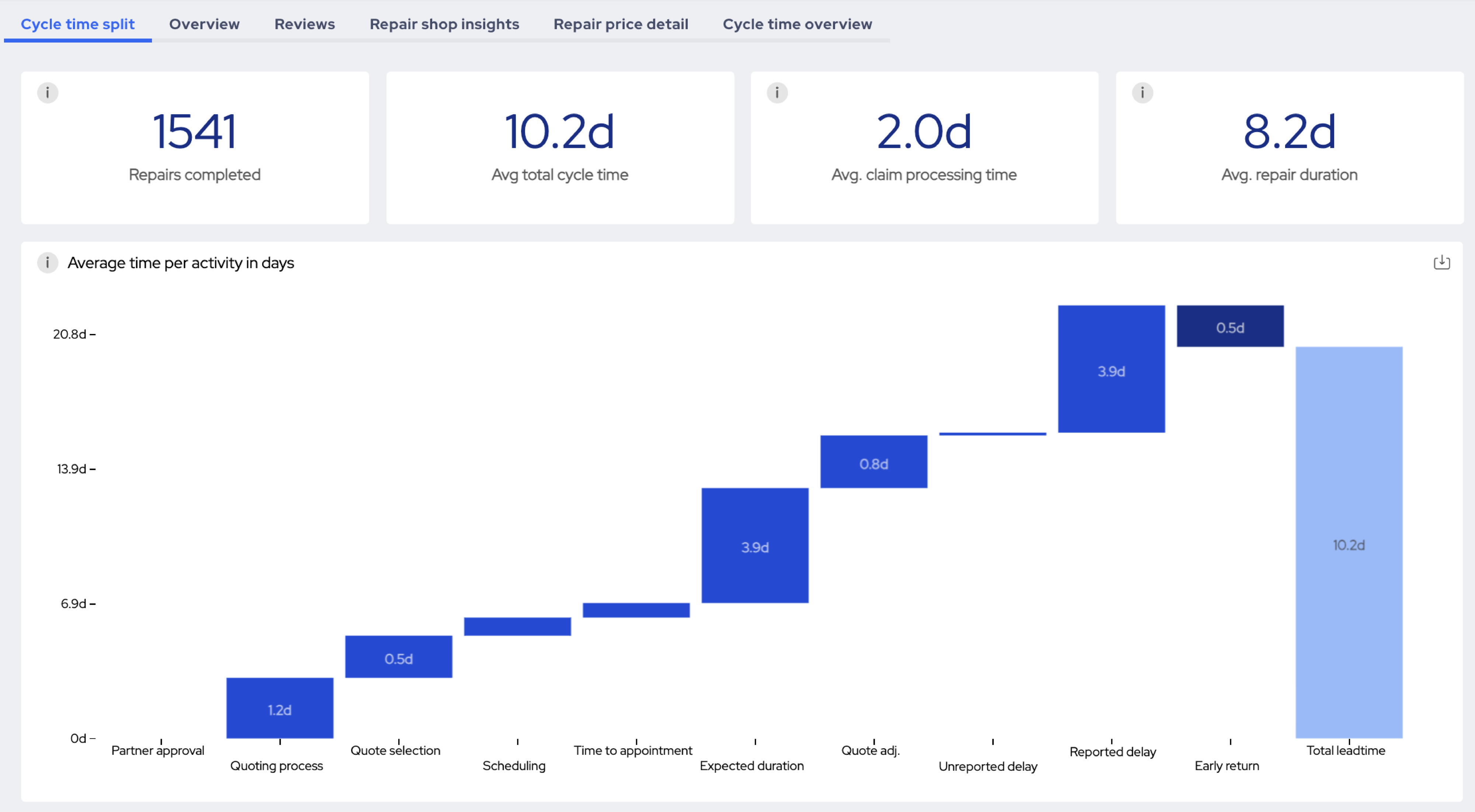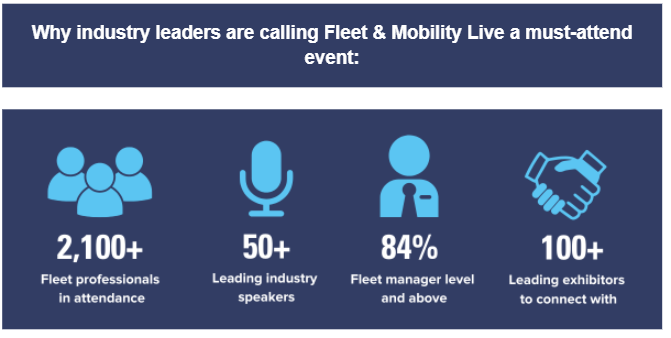By Charles Crosby, network manager in the UK for Fixico
In the rapidly evolving landscape of fleet management, smarter vehicles require smarter repairs.
Fleet managers and repair leads face increasing pressure to maintain vehicle uptime and control costs, especially in car sharing, rental services, and last-mile delivery.
One often-overlooked area with significant potential for efficiency gains is the repair process.
For UK fleet operators, digitalisation offers a powerful tool to streamline repairs, reduce costs, and optimise their fleet strategy for the future.
Digitalising the repair process
First, let's look at what Total Cost of Repairs (TCR) means for the everyday fleet manager. TCR goes beyond the invoice from the repairer; it considers all costs associated with a repair.
This includes repair handling expenses such as administrative tasks—like communication with repairers and invoicing—as well as the lost revenue from Vehicle Off Road (VOR) time.
For example, when a delivery van is off the road, it means missed delivery opportunities and potentially higher costs if a replacement vehicle is needed.
Minimising VOR costs and optimising repair handling present significant but often overlooked savings opportunities.
Managing TCR is crucial for fleet managers looking to optimise processes and increase their fleet’s performance.

For years, fleet managers and repair leads have approached the repair process without fully addressing its complexities.
This approach worked until recently, but with the transition to electric vehicles (EVs) and the continuous evolution of vehicle technology, the repair process has become a significant challenge.
Modern vehicles are now increasingly complex, featuring advanced electronics, sensors, and software, requiring specialised knowledge and equipment.
The old ‘one-size-fits-all’ model of relying on a small group of repairers is no longer effective, leading to inefficiencies and delays.
Managing a larger network of repairers, keeping track of all in-repair vehicles and ensuring a smooth repair process now demands a digital solution.
Many fleet operators rely on Accident Management Companies (AMCs) for repair support. However, this can sometimes lead to AMCs cherry-picking repairs that suit their own business model.
In contrast, a repair management platform connected to a marketplace of repairers offers a more comprehensive solution as it focuses solely on TCR and puts the fleet manager firmly in control.
By centralising all repair activities, this platform makes processes more efficient. Administrative tasks are automated, significantly reducing the time and resources required for managing repairs.
These platforms also provide real-time tracking, fast estimate approvals, and the ability to select repairers based on skills, availability, and performance. This transparency allows fleet managers to cut down on unexpected costs and delays.
A digital, holistic approach to TCR helps fleet operators not only reduce repair costs but also maximise efficiency and profitability.

Digital platforms provide fleet managers with valuable data insights that enhance efficiency. By evaluating not just initial repair costs but also work quality, appointment timeliness, and vehicle uptime impact, managers can identify the best value repairers.
Insights such as real-time updates, cycle times, and damage trends enable informed decisions that lead to cost savings.
Real-time insights allow swift interventions, preventing delays and major issues. Detailed cycle time analysis highlights inefficiencies, enabling process improvements.
Repairer performance data compares prices, reviews, and turnaround times to secure reliable partnerships and minimise downtime.
Damage insights inform driver training and procurement by highlighting common damage types and brands with frequent part delays.
Embrace digitalisation to stay ahead
For fleet managers and repair leads in the UK, embracing digitalisation in repair management is not just a trend—it’s a strategic move.
By adopting a digital repair management platform, fleet operators can gain control and transparency over the repair process, harness valuable data insights, and manage the total cost of repairs more effectively.
In an industry where every minute of downtime impacts the bottom line, those who harness the power of digital tools today will be better equipped to meet the challenges of tomorrow.























Login to comment
Comments
No comments have been made yet.